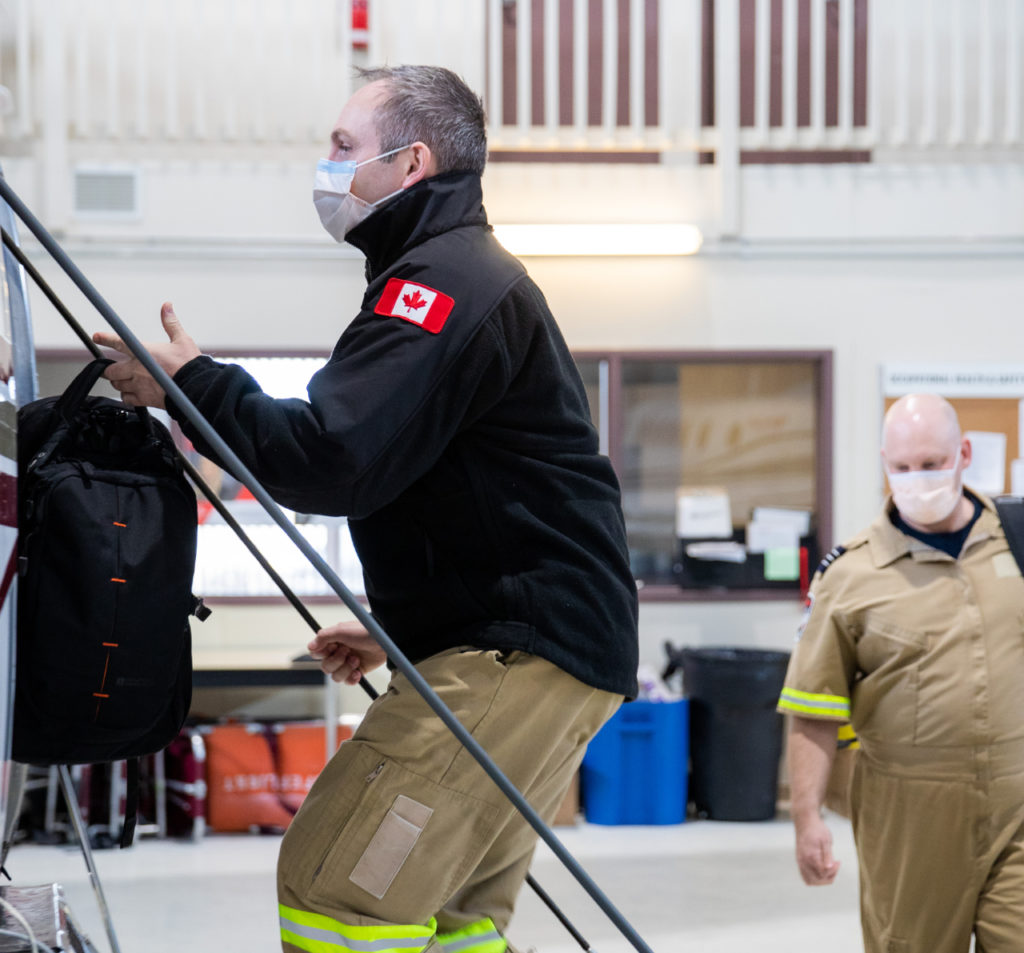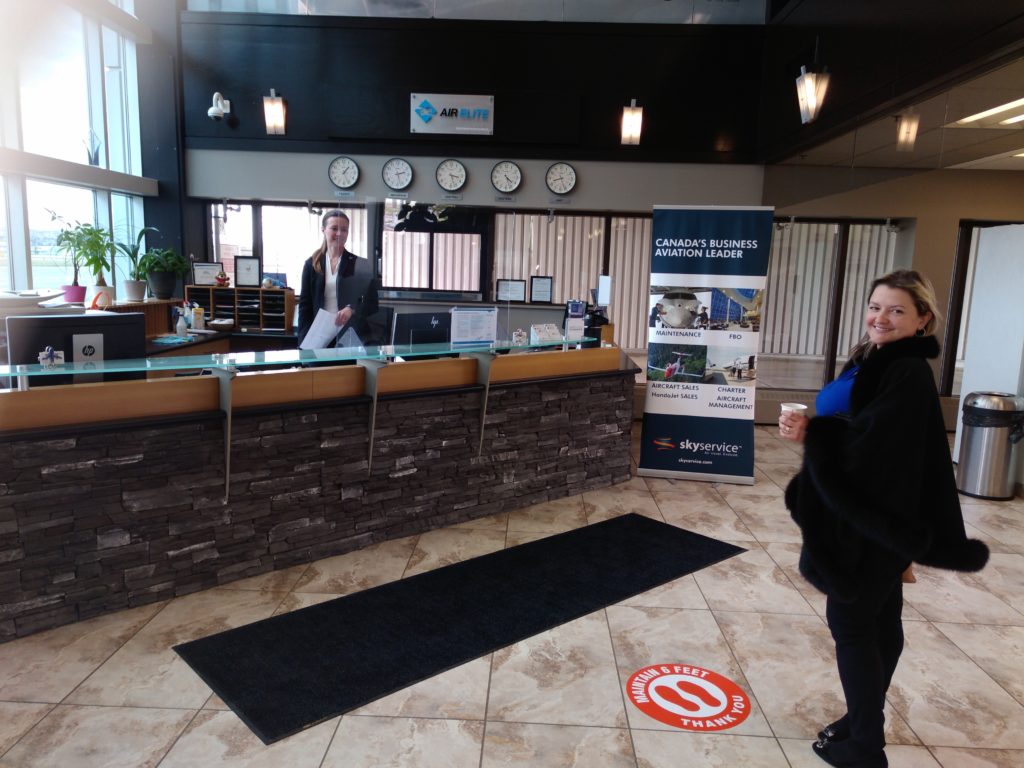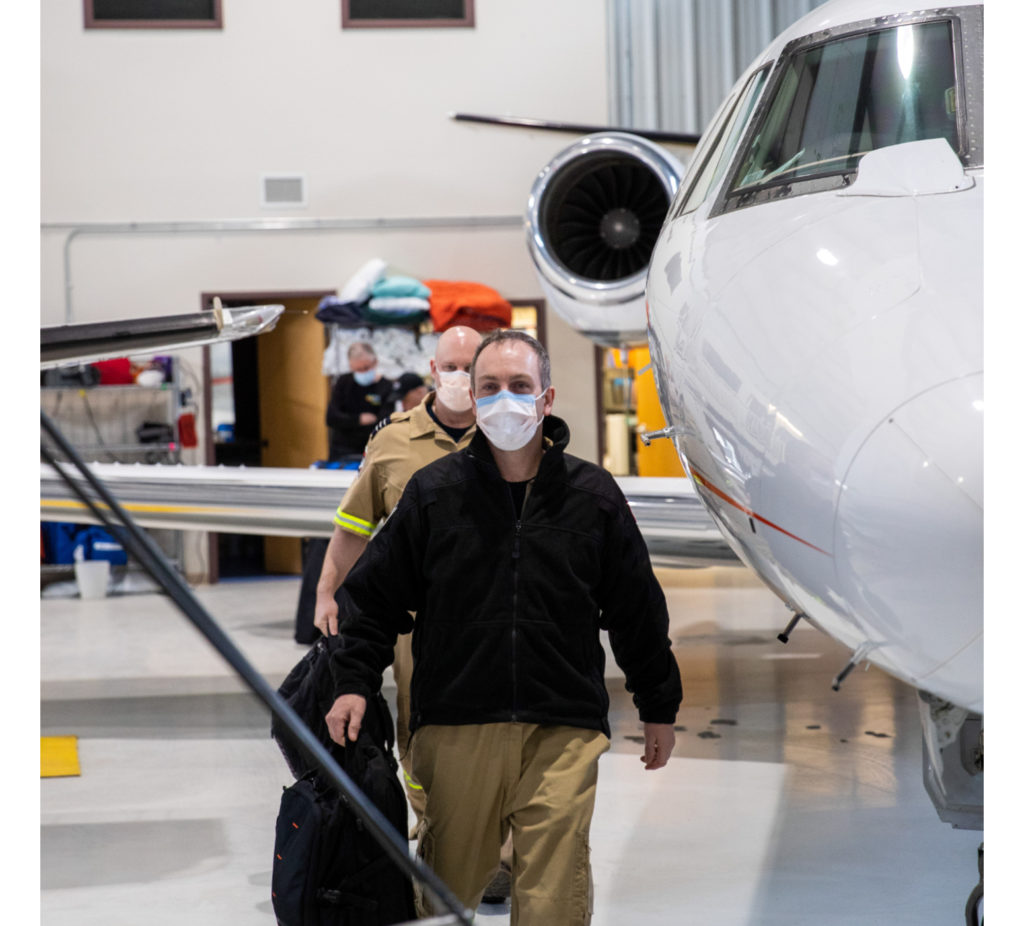Estimated reading time 8 minutes, 15 seconds.
While there is little doubt as to the impact the COVID-19 crisis has had and will continue to have on the aviation industry as a whole, certain facets have stayed the course and remain operational to support essential services. A good example is the business aviation community, which has continued its support of medevac operations throughout the pandemic.

Whether it be through maintenance and FBO services, repatriation flights or chartered missions, business aviation has remained steadfast in helping the health industry run as smoothly as possible amid this period of uncertainty.
“When people think of business aviation, it’s not often associated with medical transportation,” said Helder Carvalho, marketing manager at Sunwest Aviation. “But medical air transport is a critical part of Canada’s healthcare infrastructure.”
Companies like Sunwest, Skyservice Business Aviation, Fast Air, Levaero Aviation and many others have adopted a number of precautions to enforce social distancing and disinfection to prevent the spread of the virus while remaining operational. A number of these outfits offer their own line of air ambulance services, and have had a hand in repatriation efforts both internationally and domestically as governments closed borders in response to the pandemic.
According to Carvalho, Sunwest’s biggest increase in activity related to the virus was during those early efforts to get Canadians home.
“During the pandemic we carried out numerous repatriation and medevac flights; however, to our knowledge none of the flights have been specifically linked to any cases of COVID-19,” he said. “The majority of these flights have been to help passengers get back home — in some cases, passengers didn’t want to or could not take the risk of flying commercially, so private aviation helps get them home while significantly reducing their exposure to COVID-19.”
For some companies, like Skyservice, the fight to prevent the spread and remain operational began well before the federal government closed Canada’s borders on March 16.
“We were monitoring it, if you can imagine, in January,” explained Vanessa Engel, Skyservice’s vice-president of Marketing and Customer Engagement. “It was always in that conversation. So we were able to put a task team together and start to look at how we can provide additional safety measures above and beyond what we were already doing.”
These precautionary steps have allowed Skyservice to remain fully operational through the pandemic, and though the company doesn’t directly offer air ambulance flights, its maintenance and FBO services have seen an increase in medevac traffic.

“I can say that through these unprecedented times, medevac services have picked up,” Engel said. “Mostly through our FBOs with services like fuelling and disinfecting. We also provide on-ramp access for ambulance to drop off and pick up passengers.”
The same has been true for Manitoba-based Fast Air, according to Dan Rutherford, the company’s Marketing and Business Development manager.
“That’s probably the majority of clients right now,” said Rutherford. “The FBO [operations] is air ambulance primarily, from Northwestern Ontario and Manitoba. There are some global ones that come through, but the vast majority are regional and they’re still fairly active.”
On the other side of the coin, Fast Air’s ambulance division — Vanguard Air Care — remains “fully staffed and active” but the volume of calls are “down somewhat,” according to Rutherford. One contributing factor could be the lower number of COVID-19 cases in Manitoba (272) compared to other areas of the country.
For Carvalho and Sunwest, COVID-19 has led to a decrease in air ambulance missions.
“In Western Canada we’ve been pretty fortunate with the way the [COVID-19] numbers are shaping up,” he said. “We had a little bit of extra time to prepare, so we haven’t really had a huge explosion of activity or requirement from that sense. And with hospitals focusing on essential services only, we have seen a decrease in our air ambulance activity.”
Regardless, these companies have remained ready to fly to service the health sector through the crisis. While medevac services have always had a high level of screening for passenger and crews to enact safe missions, the pandemic has forced companies to add an extra layer of scrutiny to any flight.
“We have implemented various protocols based on guidance from governing authorities and public health agencies that include screening our employees and passengers, enhanced aircraft grooming with hospital grade disinfectants, and ensuring that sanitizer and PPE is available for our employees and passengers,” Carvalho said.
Along with guidance on best practices for handling medevac flights, Carvalho said the government has become increasingly involved in ensuring operators only take on flights they are completely fit to serve.
“So if, in the past, an individual wants to arrange a medevac for themselves … they arrange it through their insurance,” he said. “A change we’re seeing now is we’re seeing more of the government actually looking to formalize those relationships. Ensuring the government has access to all of the resources possible.”
These efforts from the various levels of government are being done to reinforce what Rutherford called a system that has “always been highly collaborative.”
“Whether the provincial one or whether it’s federal, that co-ordination’s always been pretty strong.”
“It’s such an important service that you can’t really divert from the protocols that you have in place,” Carvalho added. “I think for most operators, you’ll try and stick to the way you’ve handled those types of requests and always.”

Within the community
So why is it that business aviation has worked hand-in-hand with medevac operations so well through aviation’s history? According to Engel, the answer lies in the size and scope of both industry segments.
“Just from a medevac perspective, the fact that flights have access to smaller airports where commercial airlines can’t attend allows for a greater footprint for medical care to reach the smaller communities and remote locations. By have greater reach, there is shorter distance-in-air allowing for less flight time. Individuals who are in need of emergency care can access it faster and quicker once they get on land”.
“[Business aviation] has smaller companies than a lot of the commercial organizations out there, and because we’re smaller, we’re more nimble,” she said. “So I wouldn’t be surprised if our business was probably faster to respond and to provide assistance earlier in this pandemic.”
For Carvalho, the answer is even simpler.
“I think in general, whenever something like this happens, everybody’s open to help and communicate, and I think the aviation community in general is fairly open and willing to help,” he explained. “Whenever something like this happens, that gets amplified.”








